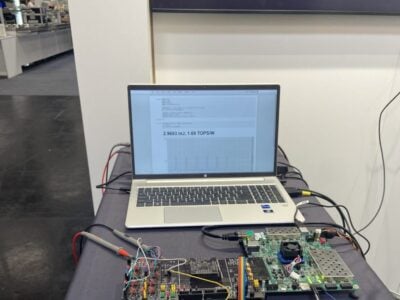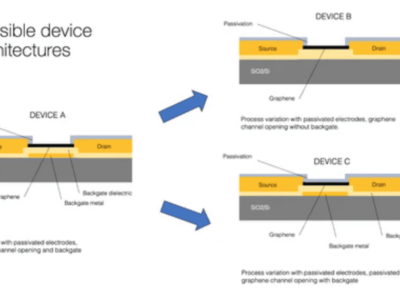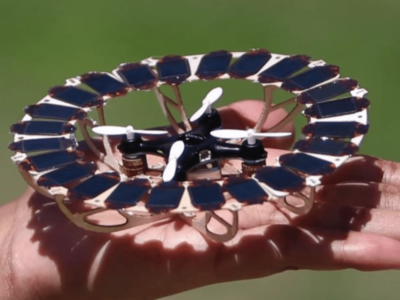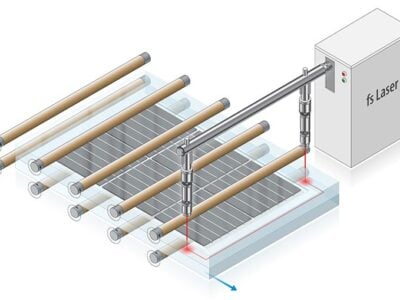
Arrays could extend MEMS speaker applications, says USound
Andrea Rusconi-Clerici, CTO of USound, told the European MEMS and Sensors Summit, organized by SEMI, that USound had found it necessary to change from being a MEMS vendor into a more wide ranging audio company. It had had to create reference designs in the area of earphones, 3D audio and sound systems for augmented and virtual reality headsets to gain market traction. “We achieved design wins in 2018 and expect volume production in 2019,” he said. “The most dynamic market is China followed by the US. Europe is missing,” he added.
Rusconi-Clerici listed the advantages of piezoelectric MEMS over the incumbent technology, the voice coil. MEMS are faster, more precise and weigh less with 50 percent of the power consumption of the voice coil (see Are MEMS speakers ready to kick out the voice coil?). The speed and precision make suited to active noise cancellation and there’s no electromagnetic field or heat generation.
However, while the advantages are clear many potential customers prefer to stick with known solutions.
“We needed to start making systems as many consumer electronics companies expect to add value in marketing and management of the sales channel. “The consumer market is accustomed to this. They do the branding and commercialization.”
Next: Push more air, go ultrasound
But Rusconi-Clerici said the fact that piezoelectric MEMS microphones had been adopted in the market had helped gain acceptance for MEMS speakers, particularly among Chinese companies who eagerly seek differentiation. He also said that once piezoelectric MEMS speakers become accepted, USound will continue to sell MEMS components as well as audio subsystems or systems.
Rusconi-Clerici then confessed that although piezoelectric MEMS speakers are broadband USound’s AR/VR demonstrator, called Iocaste, uses an electrodynamic woofer and the MEMS component as a tweeter. “If you go free field, our MEMS speakers cannot do this right now,” he said.
One solution would be to parallel up MEMS speaker components to drive more air in the form of MEMS arrays. In response to a question at the end of his talk Rusconi-Clerici said: “MEMS arrays; we are going to work in that direction for sure,” said Rusconi-Clerici. He said Usound is also working on ultrasound. “We are high-end audio and a number of professional applications.”
Related links and articles:
News articles:
USound selects Flex to make MEMS speakers
Analog, MEMS and sensor startups to follow in 2018
USound, ST deliver samples of MEMS micro-speakers
Are MEMS speakers ready to kick out the voice coil?
 If you enjoyed this article, you will like the following ones: don't miss them by subscribing to :
eeNews on Google News
If you enjoyed this article, you will like the following ones: don't miss them by subscribing to :
eeNews on Google News




